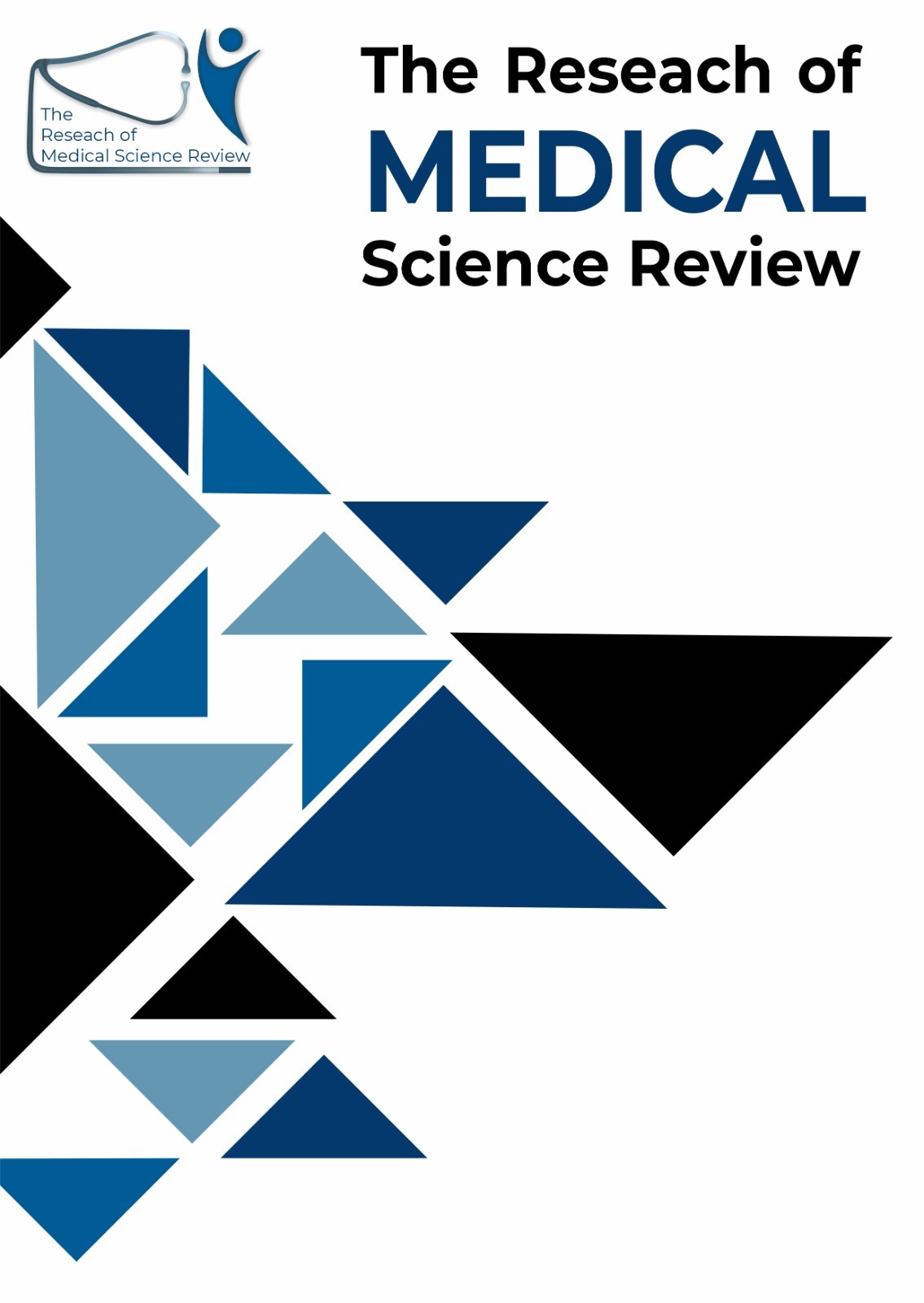CLINICAL DIAGNOSIS AND CLASSIFICATION OF ROAD HEAD INJURY WITH THE HELP OF COMPUTERIZED TOMOGRAPHY IN THE REGION OF FAISALABAD, PAKISTAN
Main Article Content
Abstract
Background: Road head injury is a significant health concern impacting millions worldwide. It is prevalent in young and middle-aged, populations According to the World Health Organization Pakistan is the second country in the world to have high rates of road head injury. About 22 percent of Pakistanis were affected by road head injuries. The rural population of Faisalabad city is suffering from road head injury.
Objective: The purpose of this study compared the prevalence of accidental head injury, and the kinds of brain hemorrhage identified through the CT scan in different areas of district Faisalabad.
Methods This descriptive cross-sectional study included 200 patients of all age group with the history of accident and diagnosed with head injury by computed tomography. GE Revolution CT machine was used, and procedure is performed by technologist and reporting have been done by radiologist. The data was collected on questionnaire. Data analysis was performed using software R.
Results: A total of 200 cases of brain head injury has been included by obtaining consent. The prevalence of head injuries varied by age group, with the highest prevalence in the 35–40 age range, indicating that individuals in this age group are disproportionately affected in comparison to other age groups Hemorrhage type distribution based on clinical findings, illustrating the frequency of various hemorrhage types in the patient population. The findings highlight specific patterns, such as the interplay between swelling (Edema) and structural displacement (Midline Shift), which are critical for understanding the complex relationships between head injury conditions. These insights can inform targeted diagnostic and therapeutic strategies.
Conclusion: This study found out that males were more than females in road head injury. The age range of old has the tallest bar in blue curve histogram indicated that 35 to 40 years age group is the most prevalent in the sample. There are less people who are very young (less than ten years old) and older (more than eighty years old). We investigated the different kinds of head injury and correlation among them. Skull Fracture and Hemorrhage showed the moderate negative correlation. Skull fractures may reduce the likelihood of brain bleeding. Similarly. Edema and Midline Shift showed the moderate positive correlation. It triggered a shift in brain position due to swelling. However, skull fracture and hematoma have not shown any correlation among them.
Downloads
Article Details
Section

This work is licensed under a Creative Commons Attribution-NonCommercial-NoDerivatives 4.0 International License.
